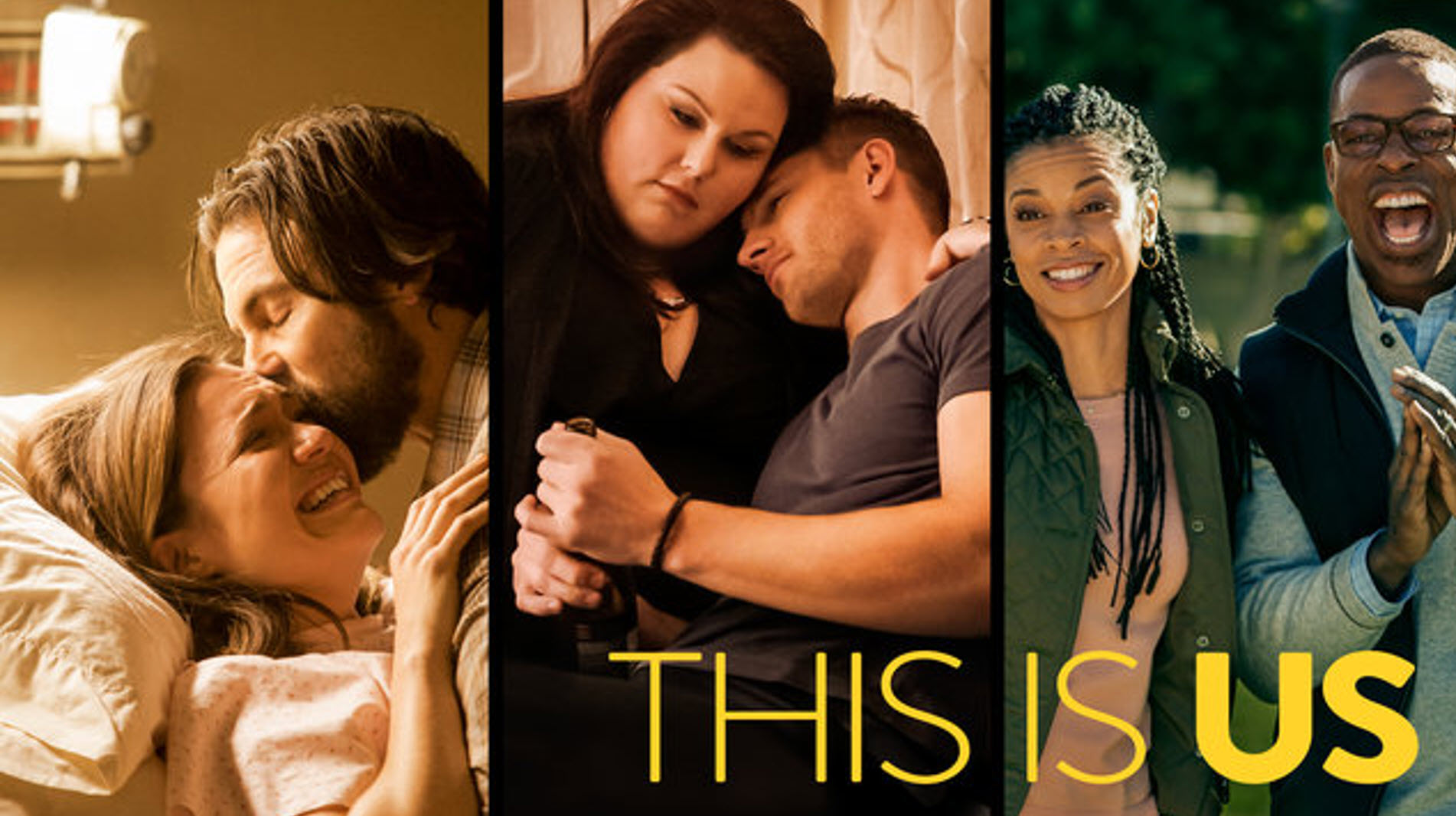
We in the nonprofit comms and fundraising world talk a lot about storytelling and how to write or tell a good story about a person or situation. What we talk less about is how all of those individual stories add up to a larger narrative that communicates something important to your participants, supporters, and influencers.
Just like every story you tell has a beginning, middle, and end, so do your story arcs. Each individual story you tell is one more step forward in that larger story arc journey — or it should be.
I like to compare your nonprofit storytelling to what we see on TV. Let’s use one of my favorite shows (that I just learned is ending next year!!): This is Us. This post contains minor spoilers.
This Is Us is a series. That series is made up of several seasons. Each season is made up of several episodes.
There are several series arcs. There’s the “Way Back in the Day” arc when the kids (Randall, Kate, and Kevin) were little and Jack and Rebecca were raising them. Then there’s the “After Jack Dies” series arc when the kids are teenagers and Rebecca is managing on her own. And there’s the third series arc, which is the Present Day, where Randall, Kate, and Kevin are raising their own families. We’ve even seen a bit of a fourth arc, where Randall, Kate, and Kevin are much older and their own present-day teens are adults.
During each season (which, again, is multiple episodes) we also have arcs that move these larger series arcs along. For example, in the first season of This Is Us, we got to learn a lot about Randall’s story. That particular season moved his character development forward in significant ways, through multiple episodes.
There was an episode where Randall made friends with other Black kids for the first time at the pool. There was an episode where Randall got admitted to the gifted kids’ school. Both of these also advanced the series “Way Back in the Day” arc. But we also had episodes in the Present Day arc where Randall is an adult. There was the episode where Randall first met his birth father. There was another episode where Randall tried to be the cool dad (he’s really quite the nerd otherwise).
So how does this instruct you about story arcs for your nonprofit?
The series arc is like the story of your mission over years. You may have a few different series arcs depending on your mission and how diverse your programming is. But you shouldn’t have more than a few. And if you just have one, that’s perfectly fine and easier for you to manage!
The seasonal arcs are like your campaigns or stories that unfold over time, often over months.
The episodic arcs are your specific stories or even little sets of stories that you tell.
If you are learning how to write good stories, you are writing the equivalent of those individual TV episodes. They have their own beginnings, middles, and ends in 43 minutes, or in your case, maybe 300 or 500 words.
But those individual stories should contribute to a larger seasonal arc. In TV, you might have 15 episodes adding up to a season. In your case, you might consider a seasonal arc to cover 8 emails in a multi-week fundraising campaign. Or every edition of your monthly newsletter for a year. How you define your season in this analogy really depends on your communications channels and pacing.
Over time — and we talking years now — all of that should add up to your series arc, which again, is really the big story or stories you are trying to tell to advance your mission.
Understanding this — how stories nest together into bigger stories or arcs or narratives over time — is what will leave a lasting impression with your community about the value of the work you do.






